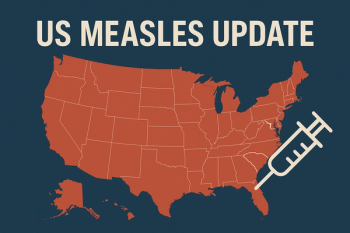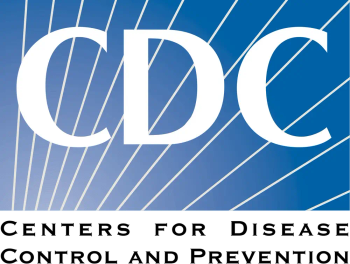
A Targeted Approach to COVID-19 Looking at Age Groups
A new study focused on age-specific trends within the US as a way to address targeted COVID-19 intervention efforts.
Over a year into the SARS-CoV-2/COVID-19 pandemic and we’re still struggling with response. As the case counts, hospitalizations, and mortality rates trend down after the holiday surges, there is increasing optimism. There is concern though, that the new variants recently identified, which show a propensity for transmission, will lead to additional surges in cases.
With this looming presence of new cases but increasing vaccination rates, there is still a desperate need to maintain infection prevention vigilance. According to the Centers for Disease Control and Prevention (CDC) the United States has
In terms of
A
Utilizing national-level mobility data from 10 million people with Foursquare location technology, they were able to break down population-level mobility trends. Utilizing a Bayesian contact-and-infection model to integrate this mobility data, they were able to describe contact and transmission dynamics within states and cities.
The authors noted that data from areas like New York, Florida, California, and Arizona revealed some fascinating insight into how mobility data can be beneficial. The research team shared that “in the last observation week in October 2020, the estimated reproduction number across all locations evaluated was highest from individuals aged 35-49 (1.39 [1.34-1.44]) and 20-34 (1.29 [1.24-1.36]), and around one for age groups 10-19 and 50-64. These trends across age groups were largely consistent over time. The primary mechanisms underlying the high reproduction numbers from 20–49 year-olds are that at population level, adults aged 20-49 naturally have most contacts to other adults aged 20 and above, which are more susceptible to COVID-19 than younger individuals, paired with increasing mobility trends for these age groups since April 2020”.
More importantly, the authors note that understanding how these age groups facilitate COVID-19 transmission is critical, which goes beyond reproductive numbers. Inclusion and review of data on school reopenings was also important and what the authors found was that ultimately, school reopenings did not result in considerable increases of COVID-19 mortality.
Overall, the assessment of age-related cases in the U.S. and how certain age groups might contribute to transmission is an important data point to not only understanding COVID-19 epidemiology, but also implementing targeted intervention efforts. As the authors noted, the resurgence of cases in 2020 was driving mostly by those aged 35-49 years and this trend stuck before and after schools were re-opened.
“Unlike pandemic flu, these adults accounted after school reopening in October, 2020 for an estimated 72.2% [68.6%-75.9%] of SARS-CoV-2 infections in the US locations considered, whereas less than 5% originated from children aged 0-9 and less than 10% from teens aged 10-19.”
Such findings are critical for understanding not only the implications of school closures and openings, but also how we can focus more support services to reduce transmission. Wrap-around services for isolation and quarantine, access to testing and vaccines, and enhancing public health messaging are all necessary to help reduce transmission in age groups that might be driving further transmission.
Newsletter
Stay ahead of emerging infectious disease threats with expert insights and breaking research. Subscribe now to get updates delivered straight to your inbox.



















































































































































































































































































